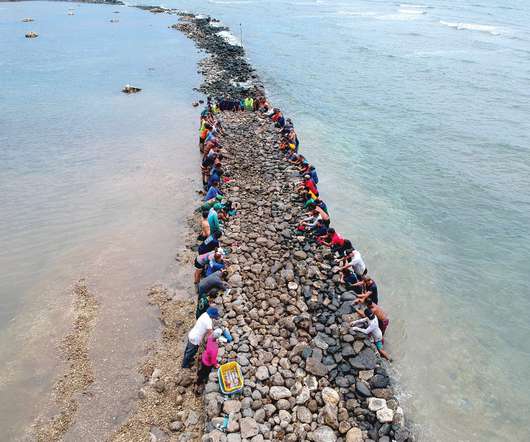The EPA Launches Final Strategy on Lead Mitigation
NonProfit Quarterly
JULY 20, 2023
One of the stated goals of that report was to “identify communities with high lead exposures and improve their health outcomes.” Even small amounts of lead can lead to severe adverse health effects in children , including issues with learning, brain and nervous system development, hearing and speech, and arrested growth.












Let's personalize your content